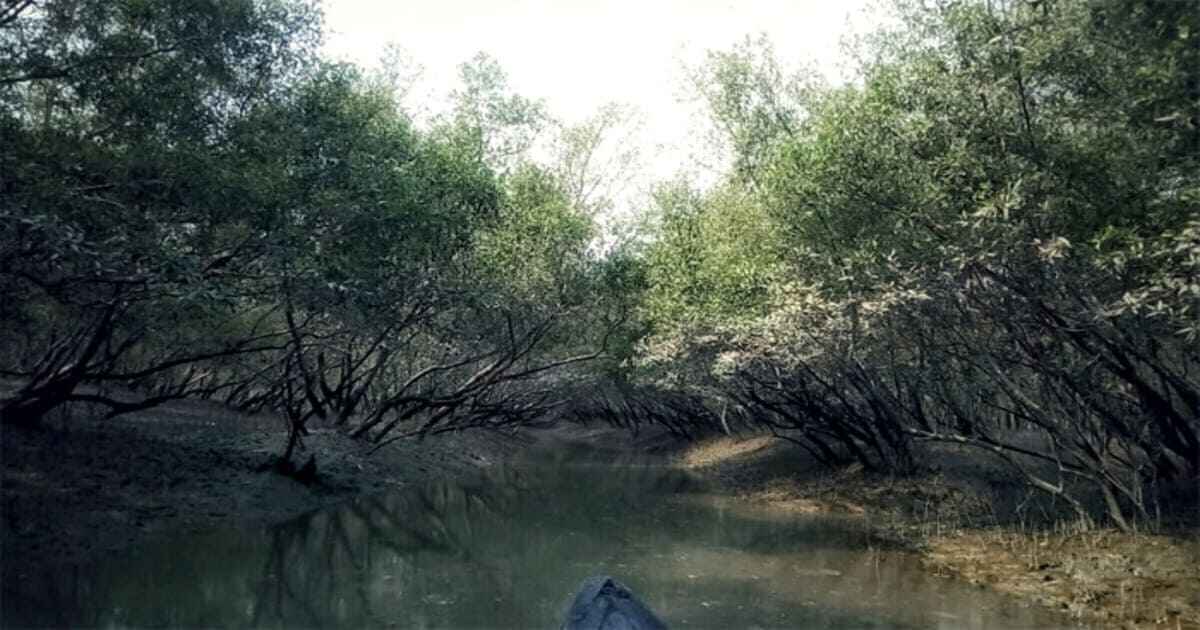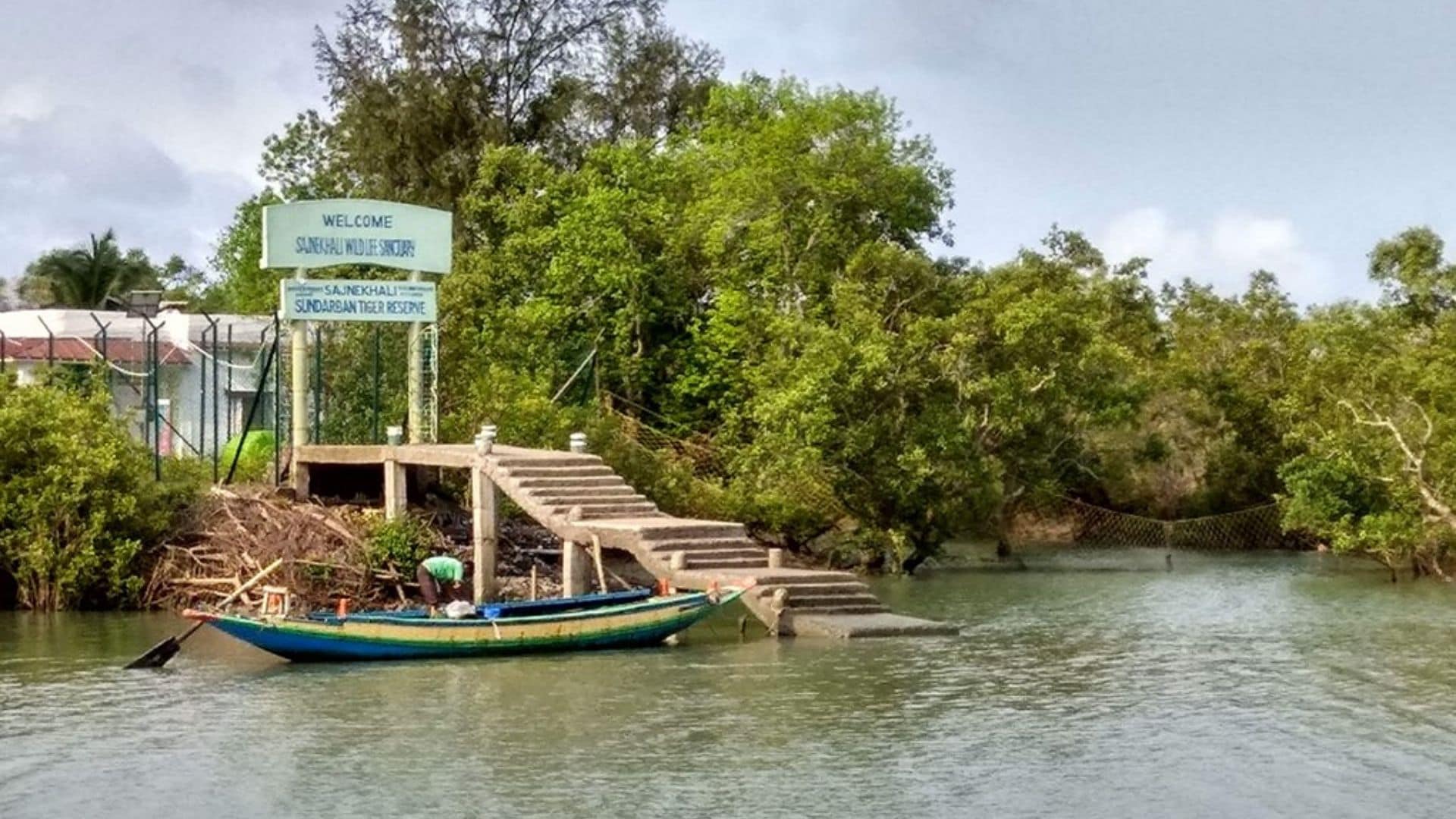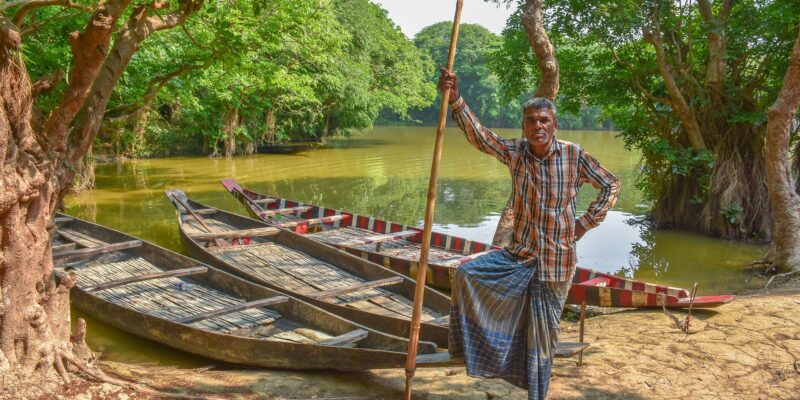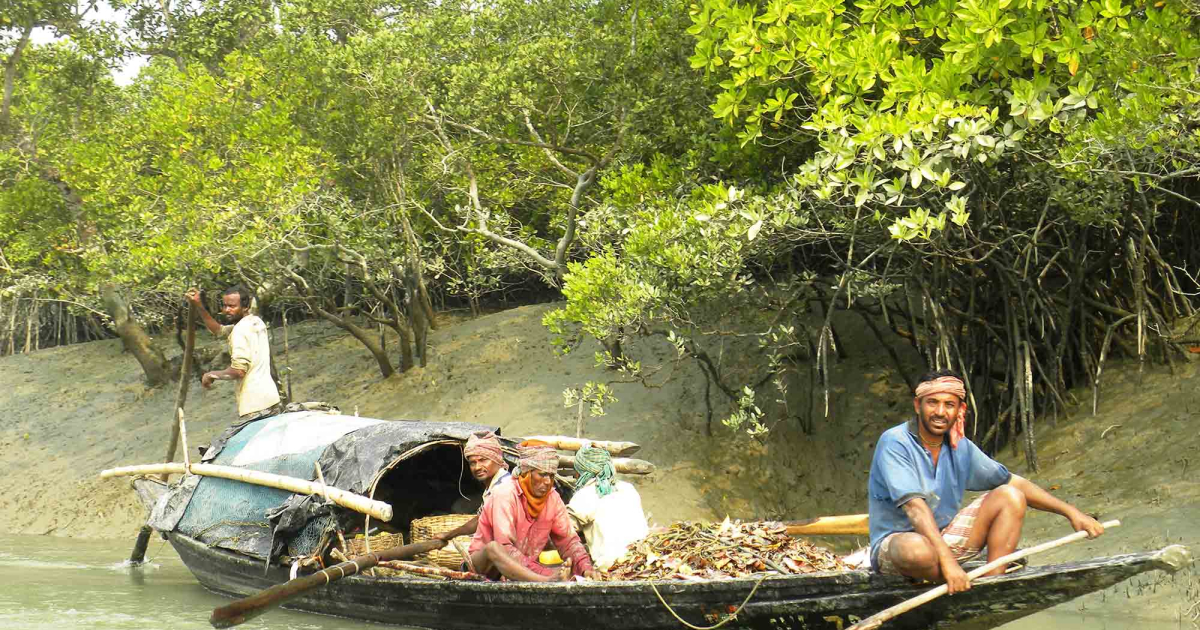Introduction
Unveiling the Second Sundarbans in Bangladesh: When one thinks of the Sundarbans, the iconic mangrove forest spanning Bangladesh and India instantly comes to mind. However, few are aware of another equally stunning and ecologically significant region in Bangladesh often referred to as the “Second Sundarbans.”
.jpg)
We will discuss more about Unveiling the Second Sundarbans in Bangladesh. Located in the southwestern part of the country, Bagerhat’s mangrove forest stands as a hidden gem, sharing many resemblances with its more famous counterpart. In this blog, we will explore the location, biodiversity, and conservation efforts surrounding the Second Sundarbans in Bangladesh.
The Second Sundarbans in Bagerhat

Location:
The Second Sundarbans is situated in the Bagerhat district of Bangladesh, in the southwestern region of the country. It lies adjacent to the Sundarban Reserve Forest, part of the larger Sundarbans mangrove ecosystem, which spans across both India and Bangladesh.

Bagerhat, a historical district known for its archaeological heritage, is enveloped in the lush green embrace of the mangrove forest, making it a lesser-known but equally captivating destination for nature enthusiasts and eco-tourists. We will discuss more about Unveiling the Second Sundarbans in Bangladesh.
Biodiversity of the Second Sundarbans
Similar to the renowned Sundarbans, the Second Sundarbans of Bagerhat boasts a rich biodiversity, comprising a diverse array of flora and fauna that have adapted to the unique ecosystem of mangrove forests.
Flora:
The dense mangrove vegetation is characterized by species such as the Sundari (Heritiera fomes), Gewa (Excoecaria agallocha), and Kankra (Bruguiera gymnorrhiza). These mangrove species have developed remarkable adaptations to survive in the brackish water, saline soil, and tidal fluctuations of the region.
Read More:
| The Sundari Tree’s True History |
| Visit Sundarban now |
| Sundarban Tourism Development |
| Happy Families Travel To Sundarban |
| Five Tiger Reserves To Experience In India In 2023 |
Fauna:
The Second Sundarbans is home to an impressive variety of wildlife species, including some that are rare and endangered. Among the notable inhabitants are the iconic Bengal tiger (Panthera tigris tigris) and the critically endangered estuarine crocodile (Crocodylus porosus).

The region also supports a significant population of spotted deer (Axis axis), wild boars (Sus scrofa), and various avian species, such as kingfishers, herons, and eagles.
Conservation Efforts and Challenges
Conservation efforts in the Second Sundarbans are crucial to protect this vital ecosystem and the diverse species it harbors. However, similar to its larger counterpart, this region faces several challenges, which necessitate careful attention and action:
Habitat Loss:
Deforestation and land conversion for agricultural purposes are some of the primary threats to the mangrove forest in Bagerhat. Human encroachment and unplanned development can lead to significant habitat loss for wildlife, disrupting the delicate balance of this fragile ecosystem. We will find more about Unveiling the Second Sundarbans in Bangladesh.

Climate Change:
The Second Sundarbans is also vulnerable to the adverse effects of climate change, such as rising sea levels, increased salinity intrusion, and extreme weather events. These factors can impact both the mangrove vegetation and the resident wildlife, leading to potential shifts in their distribution and behavior.
Poaching and Illegal Activities:
Poaching, illegal logging, and unsustainable fishing practices are detrimental to the conservation of wildlife in the region. The Second Sundarbans, like its more famous counterpart, faces challenges in curbing these illegal activities.

Community Engagement and Conservation:
Engaging local communities and empowering them to become stakeholders in conservation efforts is essential for the long-term sustainability of the Second Sundarbans. Community-based initiatives can promote responsible tourism, sustainable resource utilization, and foster a sense of pride and ownership over the region’s natural heritage. We will check more about Unveiling the Second Sundarbans in Bangladesh.
Conclusion
The Second Sundarbans in Bagerhat, Bangladesh, offers a remarkable opportunity to experience the breathtaking beauty and ecological significance of mangrove forests. Enveloped in the enchanting embrace of the mangroves, this lesser-known gem stands as a testament to the importance of preserving such invaluable ecosystems.

Conservation efforts, including sustainable practices, community engagement, and strict law enforcement, are vital to protect the Second Sundarbans from the threats it faces. By raising awareness about this hidden ecological treasure and advocating for its preservation, we can ensure that the mangrove forests of Bagerhat continue to thrive, providing a sanctuary for the diverse flora and fauna that call it home. As we celebrate the splendor of the Second Sundarbans, let us also recognize the significance of conserving these natural wonders for generations to come, cherishing their beauty and learning from their resilience in the face of challenges.
Book Sundarban Tour:
We have Sundarban Tour Packages every day
For Booking Of Best Sundarban Package( Starting from 2799/-)
Name: Dilip MAity
Organization: Royal Sundarban Tourism
Organizations Web link: https://royalsundarbantourism.com/
Contact: +917439965413 / 8584838109
Gpay / Phone pay : 9804049535
Email: info@royalsundarbantourism.com
Address: Tiger More, Gosaba, Pakhiralay, Pakhiralay Main road, District- 24 Parganas South, West Bengal 743370
Also you can Book Sundarban Tour At Maity Tourism Powered By Argusdna,


